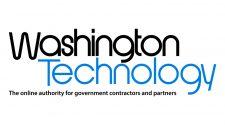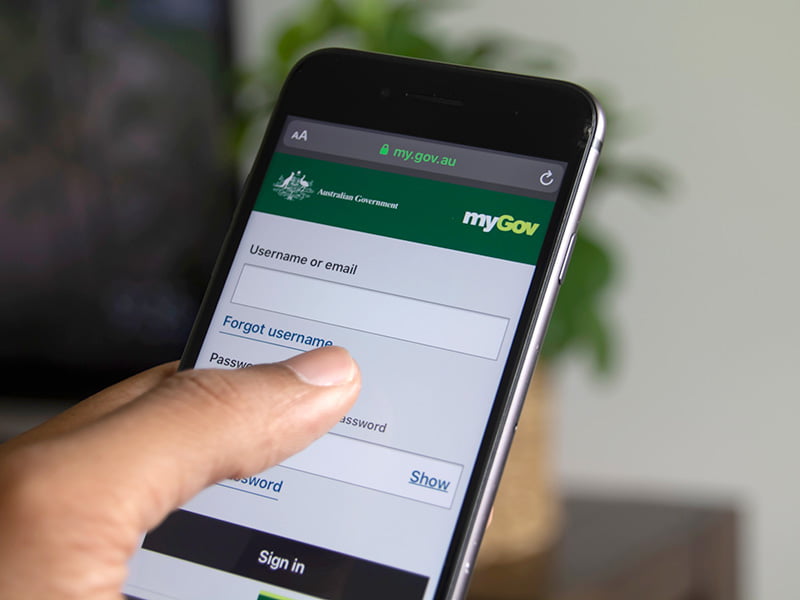A key architect of myGov says he “despairs” at the lack of progress on the platform and that the outsourcing of the development of a new version to private consultants was a “huge mistake”.
Labor last weekend promised to launch an audit of the myGov program if it wins the looming federal election, saying the platform is “not up to scratch”. Former Australian Government chief information officer Glenn Archer, who played a lead role in the launch of myGov nearly ten years ago, agrees.
Mr Archer, a visiting fellow at the Australian National University, was the inaugural national manager for e-government at Centrelink in the early 2000s, and was responsible for putting the first four transactions online, the first time services had every been delivered via the internet by the Australian government.
Ten years later in 2012, Mr Archer drove a government proposal to undertake a significant upgrade of Centrelink’s online services, in what would become the birth of the myGov platform as it is known today.
Mr Archer was the Australian government CIO in the early 2010s, and was a member of the myGov steering committee, advising Cabinet on the 2013 upgrades to the myGov platform.
“I was right at the centre of that. It was an opportunity to see its establishment of Centrelink online then almost precisely a decade later to help the Cabinet make the decision to invest in an expansion of that and to support a better integration across multiple government agencies – that is the myGov concept as it exists today,” Mr Archer told InnovationAus.com.
But Mr Archer said he is disappointed with what has become of myGov in the near-decade since he launched it, with a lack of progress and improvements, and a reliance on outsourcing putting its effectiveness in jeopardy.
“I despair over the lack of progress. Having literally in November of 2002 turned on the very first four transactions, having watched that and having received multiple awards for that, to have watched its failure to continue to grow and develop is quite distressing,” he said.
The Digital Transformation Agency (DTA) began working on a new version of myGov in early 2020, and immediately brought in consulting giant Deloitte on a near-$1 million contract – through a limited tender – to build a prototype via a “90-day sprint”.
Deloitte was then handed a contract eventually worth more than $30 million to turn this prototype into a working beta.
Responsibility for the “enhancement” of myGov was transferred from the DTA to Services Australia in late 2020, and a four-company panel was established to continue works on it, featuring Deloitte, Accenture, IBM and Arq Group.
These companies were paid a further $10 million last year for work on the new version of myGov, while Adobe also landed a $32 million deal to provide tech components. Deloitte has also been working on a myGov smartphone app on a contract worth $5.5 million.
But more than two years after the project launched, the new version of myGov is still in beta, with a limited number of services available on it.
Mr Archer questioned the slow progress of this project, and the lack of major changes in the beta version of myGov.
“How in God’s name has it taken two years to make some fairly minor improvements to the user interface and user experience?” Mr Archer said.
“What’s so hard about making these improvements? I don’t understand why it has taken that long and cost so much money to do that. We’re supposed to be adopting an agile development methodology. If we’re two-plus years into this thing and we’ve got nothing to show for it, that’s hardly agile.”
And the reliance on outsourcing much of the work on myGov to private companies is a “huge mistake”, Mr Archer said.
“Agencies are somewhat compromised by no longer having lots of these skills in-house. Their capacity to move quickly to make changes to their own systems to support a joined up and tightly integrated myGov platform has clearly been compromised by that,” he said.
“The argument has been that you employ consultants and commercial providers to do this sort of work based on the fact they have skills you don’t, but had it not been for the fact we’ve lost so many skills we wouldn’t have needed to do that.”
The main goal of myGov was to integrate a range of government services from different departments seamlessly on the one platform. But the new beta version of the platform still doesn’t do that effectively, he said.
“If you look at the myGov beta program as it exists today, it certainly shows some improvements but it’s still a bit of a hodge-podge as to how it does integration with other agency services,” Mr Archer said.
“The transition to the tax office or Medicare is a bit clunky, it’s still quite obvious to end users that these aren’t integrated in any way at all. They’ve attempted to give some user interface but the actual navigation systems are still broken in the beta site.
“Individual agencies continue to do their own thing but citizens and businesses in Australia don’t see organisational boundaries, they just see government. They expect government to be tightly integrated, they don’t expect to have to understand navigating across different agencies’ responsibilities and such.
“That’s one of the aspects of the transformational agenda that’s failed – I don’t think it ever started. That’s personally a huge disappointment.”
Do you know more? Contact James Riley via Email.

















